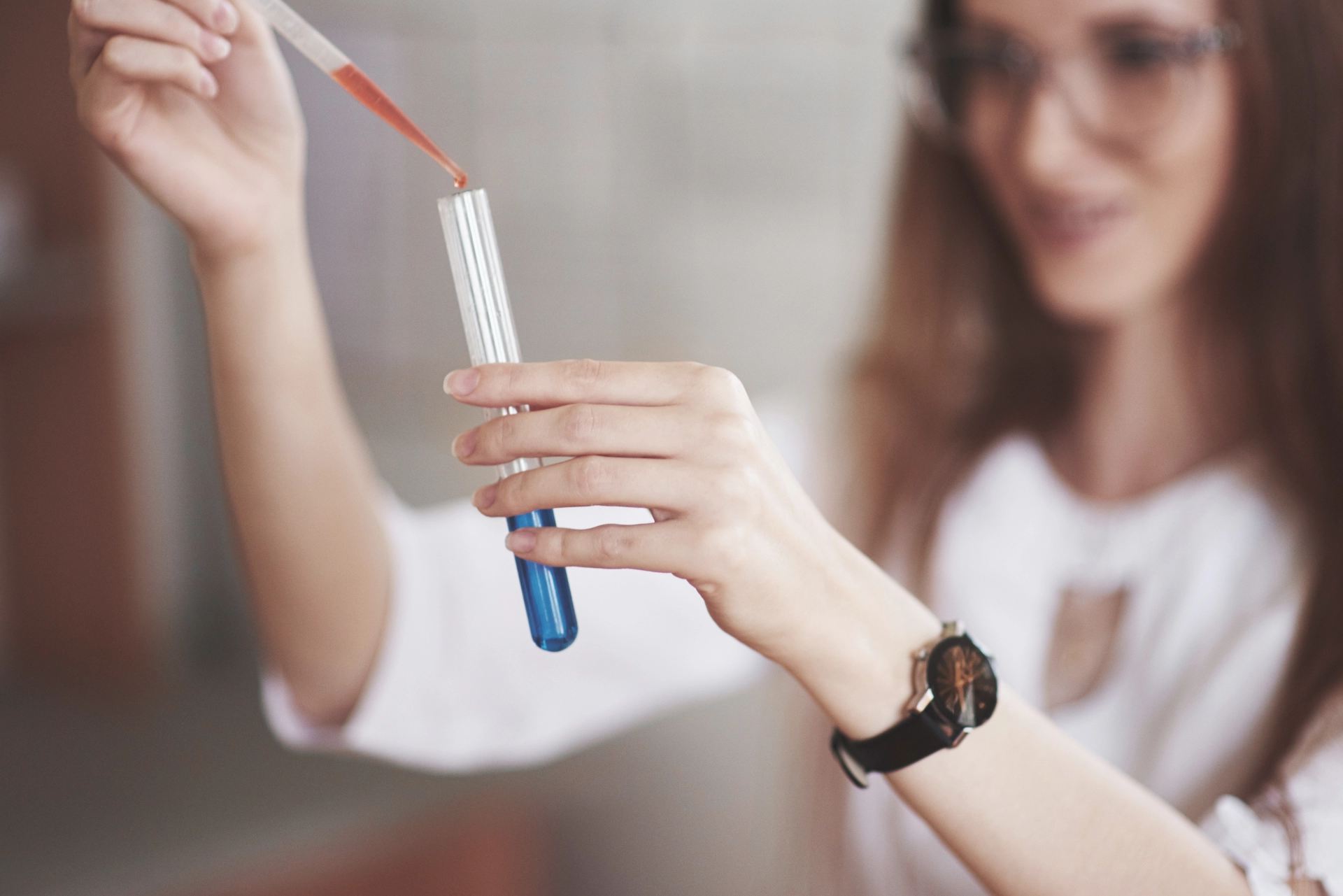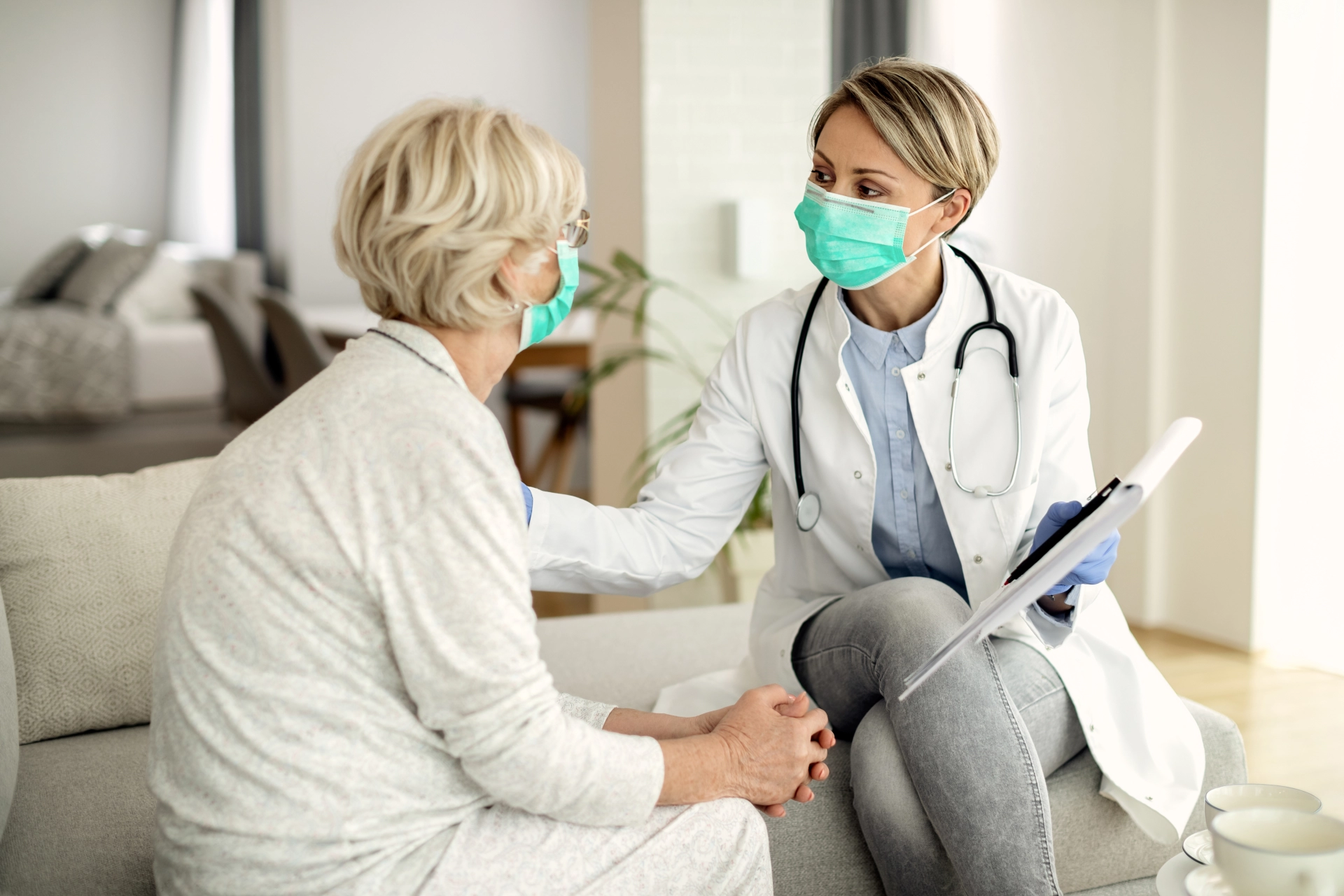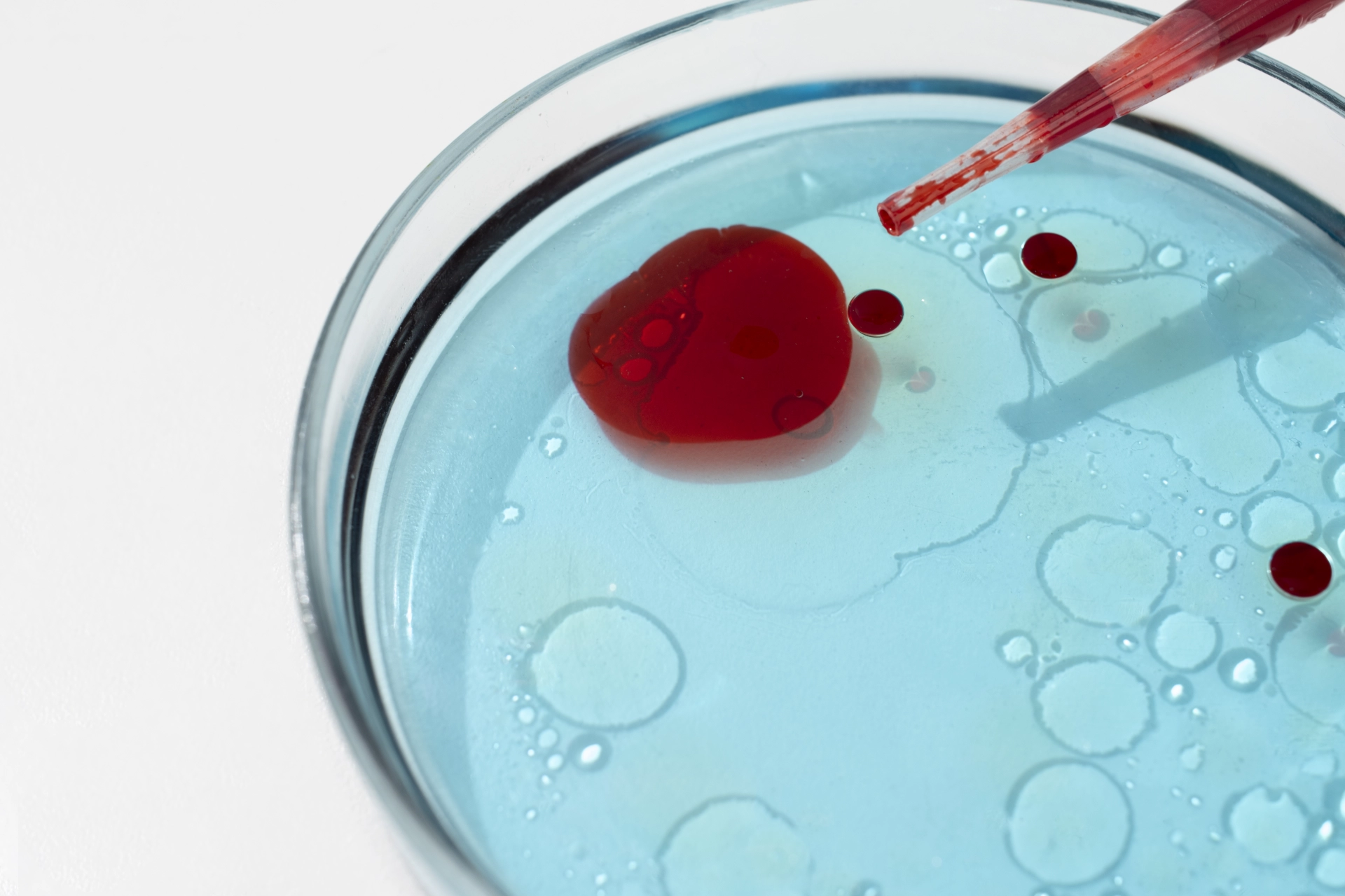Neurological diseases are very common in the population, they are numerous, we can single out a few that are most common.
With the rapid development of science and technology, stressful situations and tension in people are increasing, which in turn leads to the emergence of various neurological diseases, such as
neuroses, sharp increases in blood pressure
, which, in the case of metabolic disorders in the body, in the case of increased cholesterol, blood clotting, causes acute or chronic disorders of cerebral blood circulation and requires more long-term, consistent treatment. Among the frequently occurring diseases are also herniated intervertebral discs in various parts of the spine
, which are a consequence of physical overload and metabolic disorders and, by compressing the nerve fibers, cause acute pain, weakness, numbness in the upper and lower extremities.
Migraine
is one of the types of headaches, which is considered a frequent manifestation of the nervous system one of the diseases.
Migraine occurs in the form of seizures, headaches during migraine are pulsating in nature, of medium or high intensity. It is located on the right or left side of the head, accompanied by nausea, sometimes vomiting, fear of heights, fear of sound.
Migraine sufferers avoid staying in bright and noisy places for long periods of time. Migraines are more common in women.
Several factors contribute to the onset of attacks, including:
•lack of or excess sleep
•stress
•hunger
•certain foods (e.g. chocolate, red wine, nuts, etc.)
•menstrual cycle
Dizziness
Dizziness is a common neurological complaint that is often accompanied by nausea, sometimes vomiting, ringing in the ears, and balance and visual disturbances.
Dizziness is a term used to describe a range of sensations, such as:
•impending fainting,
•objects spinning around you,
•weakness or loss of balance
Dizziness has many possible causes, let's explore some of them.
•Cerebral circulatory disorders
•Other neurological diseases: cervical spine hernias, arterial hypertension, vestibular diseases, Meniere's disease, severe atherosclerosis of the main vessels of the brain, etc.
•Medications
•Low iron levels
•Low blood sugar levels (hypoglycemia)
•Overheating and dehydration
Factors that contribute to the likelihood of dizziness are:
•age (the elderly are more likely to have health problems, which in turn can cause secondary dizziness),
•migraine (people with migraines may have dizziness),
•inner ear problems.
As soon as complaints appear, immediately
consult a neurologist, get examined and receive competent treatment. Being informed is the key to quick treatment.






